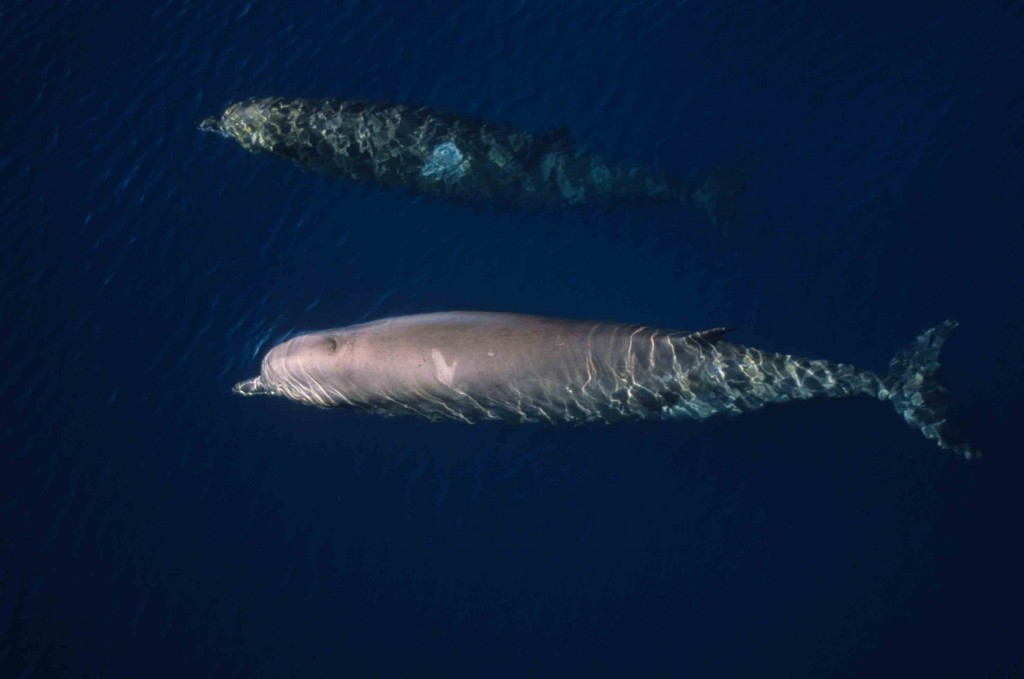A deep-water whale species, which rarely occurs in the North Sea, has been filmed by local fisherman, Trevor Walker close to the shore of Beadnell in Northumberland!
The report came through to Sea Watch Foundation, the national whale and dolphin monitoring unit last Friday after the observer became aware of the charity. Immediately, the staff and volunteers at the research organisation realised that Trevor had correctly identified the northern bottlenose whale from their ID guides after he sent in a video of it just metres from his boat.
Trevor is a regular pleasure fisherman and frequently encounters dolphins on his jaunts. However he grabbed the GoPro mounted on his boat when he and his sons caught a glimpse of this unusual looking whale back in June.
“It was steaming away quite unperturbed by us. We could have followed it, but we just filmed it and moved on so as not to disturb it” recounts Trevor.
Northern bottlenose whales have a bulbous forehead with a protruding beak, like an exaggerated version of their namesakes the bottlenose dolphins. They have a broad-based triangular dorsal fin located about two-thirds of the way along their backs. These leviathans can be up to ten metres long and Trevor estimated that this individual was 7-8 metres in length which might point to it being a female of the species.
A northern bottlenose whale, showing bulbous forehead and beak.
Photo S Hooker/ Sea Watch Foundation
Usually found in deep ocean trenches of the North Atlantic, these whales typically occur in the Barents Sea, around Iceland and northwest of Norway, but not usually in the relatively shallow waters of the North Sea. Another and unusual famous visit from this species occurred eleven years ago when the ‘Thames Whale’ sadly stranded up the London river opposite the Houses of Parliament before having to be euthanased by veterinarians.
Overall, Sea Watch Foundation holds 222 records of this beaked-whale species, spanning as far back as 1966 and as widely distributed as Shetland and the Rockall Bank (far west of the Outer Hebrides) to the Bay of Biscay off northern Spain. The records in waters directly around the British Isles have occurred almost exclusively away from the east coast with the exception of this 2017 record, the Thames Whale and four other sightings which occurred in the last decade (two of which were strandings in shallow waters) making this latest video even more remarkable.
Northern bottlenose whales do not look dissimilar to dolphins, but they are considerabley larger.
Photo by S Hooker/ Sea Watch Foundation.
“I was thrilled to see such a clear video that enabled us to confirm the reported species and it’s just amazing to see this relatively unknown creature of the deep with one of our towns in the background. The UK really does have waters that are incredibly rich for cetaceans (that’s whales, dolphins and porpoises) and reporting sightings to Sea Watch is a really important way to document them for their research and protection”, said Kathy James, Sightings Officer for Sea Watch Foundation.
If people are interested to take part in monitoring cetaceans for themselves, they are urged to report their sightings or become a volunteer.


























